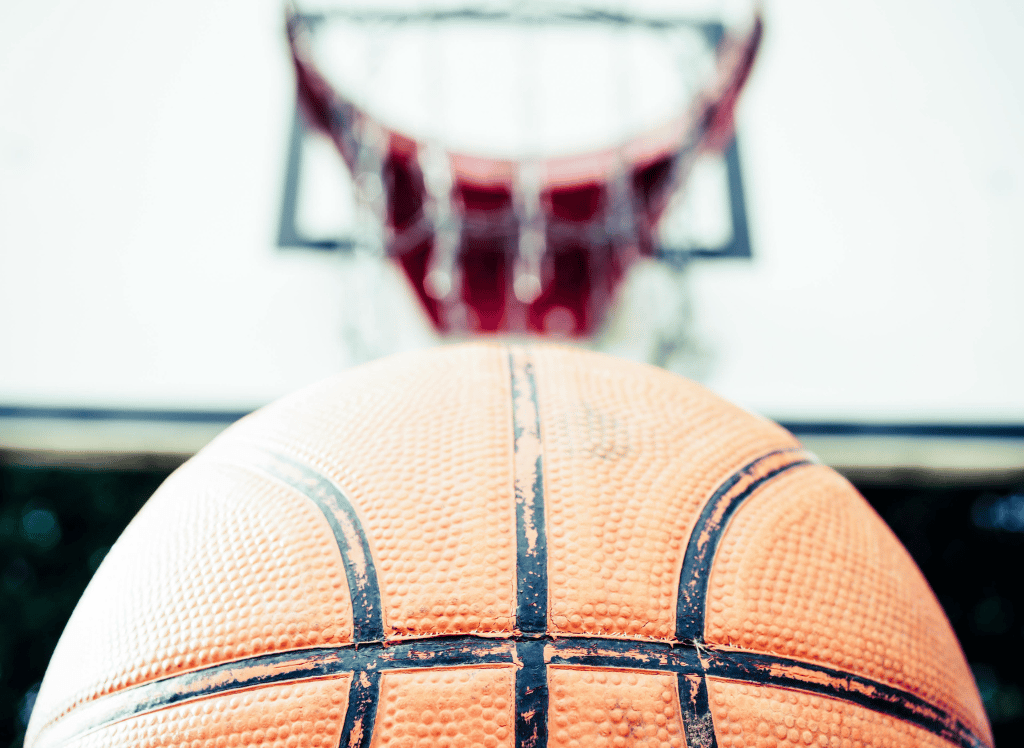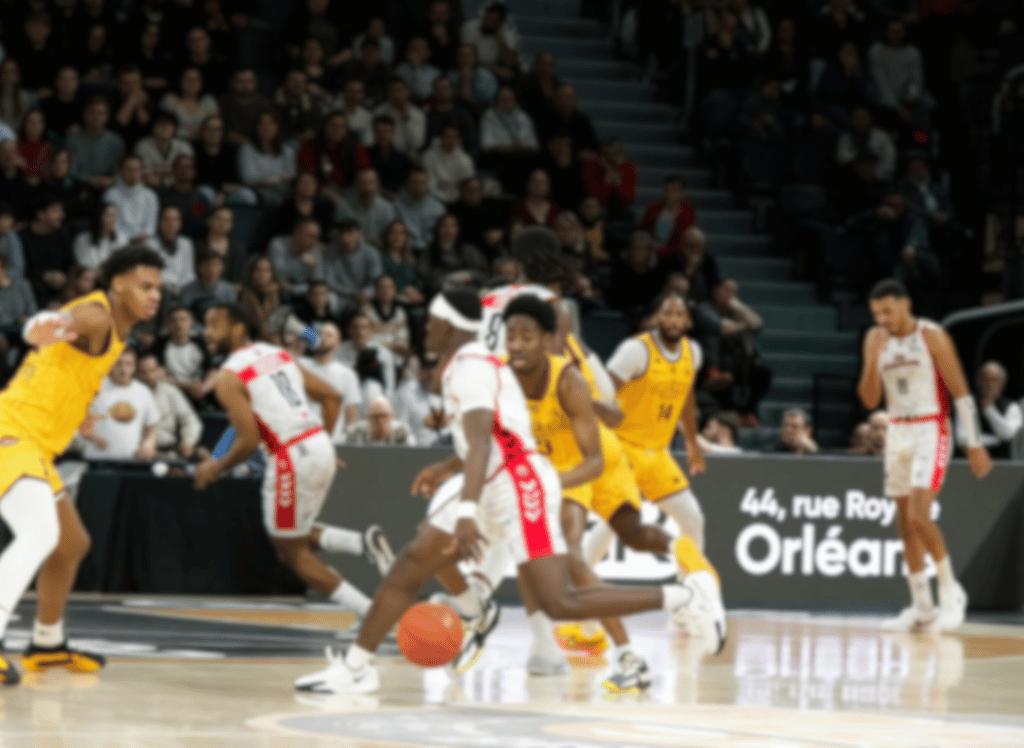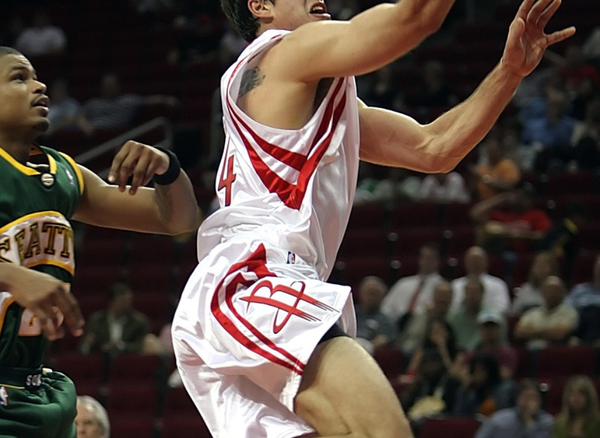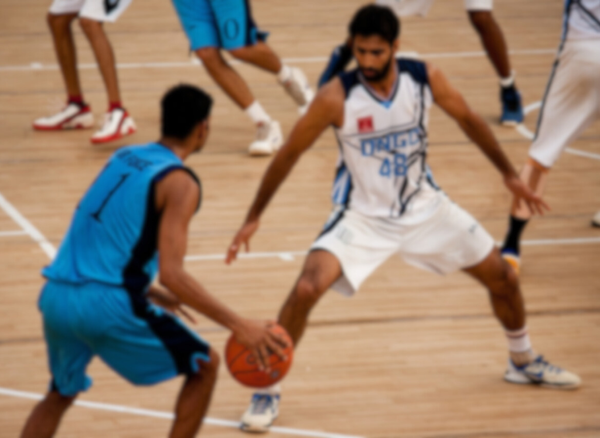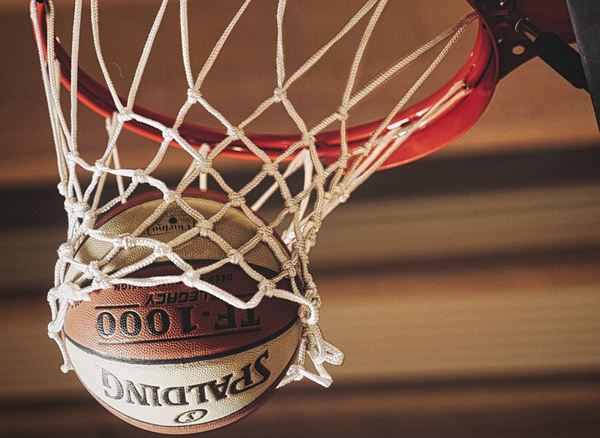Basketball is a game of speed, skill, and... rules that sometimes make you scratch your head and wonder, "Who thought of that?" One such rule that often leaves players in a state of bewilderment is the backcourt violation. So let's bounce into the nitty-gritty of this rule without dribbling around the topic too much.
What is a Backcourt Violation in Basketball?
When an offensive player, who's already crossed the half court line, decides to play a game of catch with the backcourt. Oops! That's a no-no in basketball lingo.
It's like the ball has commitment issues and can't decide where it wants to be.
The Half Court Line
The half court line is the Rubicon of the basketball court. Once the offensive team crosses it, there's no going back, literally. If the ball, held or dribbled by an offensive player jumps across this line again, it's considered a backcourt violation. It's a violation when you establish frontcourt status and then go back to backcourt status. It's as if the half court line has an invisible force field that only affects the ball when it's in the hands of the team on offense.
When Does the Clock Say "Tick Tock, You're Out"?
The shot clock is like that friend who rushes you when you're trying to choose a Netflix show.
If they fail to do so, the shot clock buzzes off, and a backcourt violation is called. This rule keeps the game faster than a squirrel after a double espresso.
College and High School 10-Second Rule
College and high school basketball isn't much different; but comes with a 10-second rule. Young players learn early on that dawdling in the backcourt isn't just a bad strategy; it's a violation. It's like being late to class; do it too often, and you'll face the consequences.
The Curious Case of the Over and Back Violation
The over and back violation is the backcourt violation happens when the ball, having touched the front court, is sent back over the half court line by the same team. It's like the ball is playing a game of "Red Rover" with the court lines, and the half court line always wins.
The Penalty for Breaking the Backcourt Rule
What happens when a player commits a backcourt violation? It's a turnover - the whistle blows, the play stops, and the opposing team gets the ball. It's like being told to go to the corner and think about what you've done, except in this case, the corner is the opponent's possession.
Avoiding Backcourt Violations
Avoiding backcourt violations is crucial for maintaining offensive momentum. Teams practice drills and strategies to ensure they keep the ball moving forward. It's like learning to walk on a tightrope; one wrong step and you're in trouble.
Backcourt Violation FAQ Section
Can a defensive player cause a backcourt violation?
No, a defensive player cannot cause a backcourt violation. It's a rule that applies only to the offensive team. If a defensive player touches the ball and it goes into the backcourt, the offensive team can retrieve it without penalty.
Does the backcourt violation rule apply to all basketball leagues?
While the essence of the backcourt violation rule is consistent across basketball leagues, the specifics, such as the time limit to cross the half court line, can vary. It's always best to check the rulebook for the league you're watching or playing in.
What is the primary reason for the backcourt violation rule?
The primary reason for the backcourt violation rule is to prevent the offensive team from wasting time and to encourage continuous, aggressive play. It keeps the game moving and prevents teams from stalling, which makes for a more exciting game for players and fans alike.
Summary
Backcourt violations in basketball might seem like a small part of the game, but they can have a big impact. Understanding the rule, its implications, and how to avoid it is essential for players at all levels. Remember, once you cross that half court line, there's no turning back, or you'll be handing the ball over to the other team. Keep your feet and the ball in the right court, and you'll be just fine.





